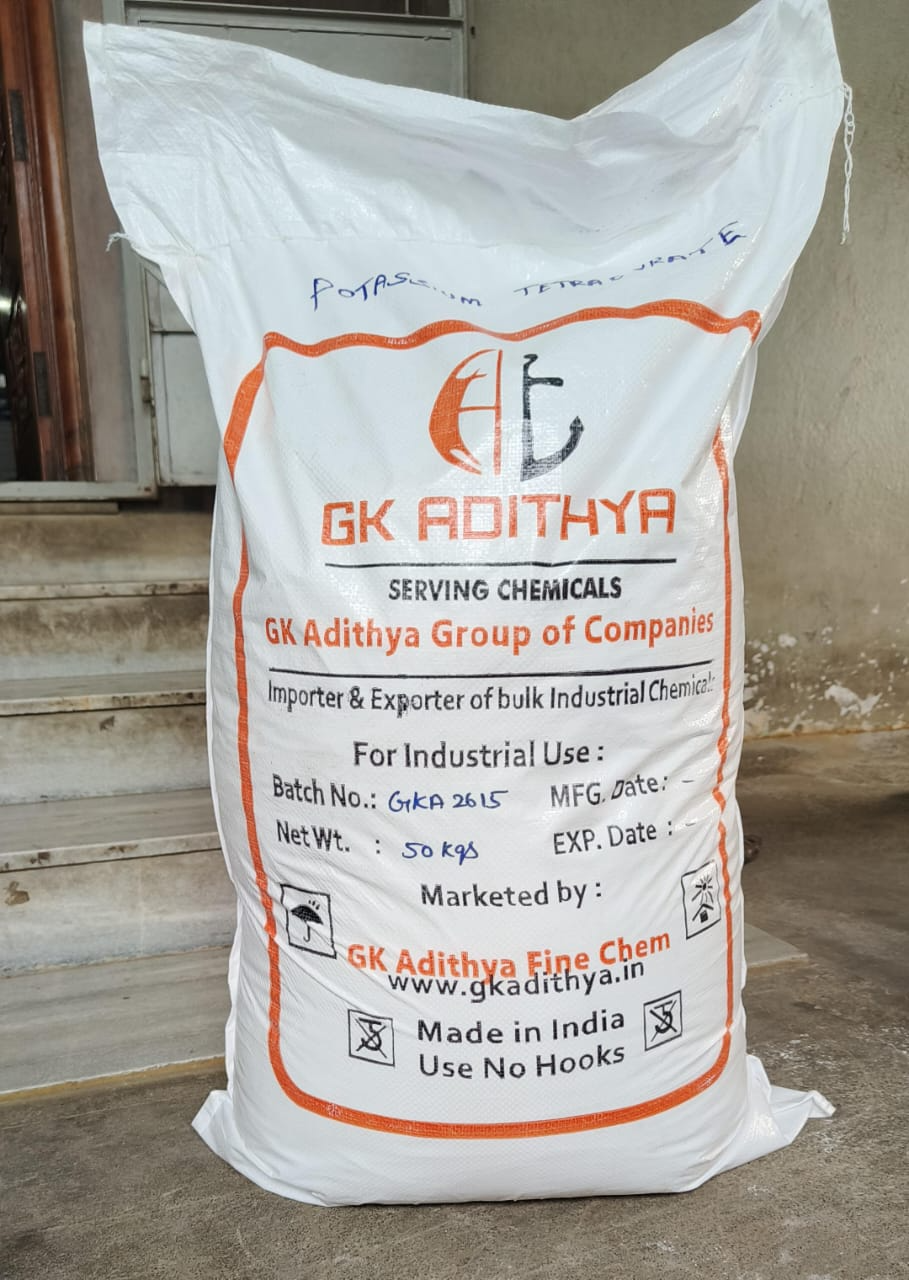
2025-03-28T13:15:22
Plant nutrition is the study of the chemical elements and compounds necessary for plant growth and reproduction, plant metabolism and their external supply. In its absence the plant is unable to complete a normal life cycle, or that the element is part of some essential plant constituent or metabolite. This is in accordance with Justus von Liebig's law of the minimum.[1] The total essential plant nutrients include seventeen different elements: carbon, oxygen and hydrogen which are absorbed from the air, whereas other nutrients including nitrogen are typically obtained from the soil (exceptions include some parasitic or carnivorous plants). Plants must obtain the following mineral nutrients from their growing medium:[2] The macronutrients: nitrogen (N), phosphorus (P), potassium (K), calcium (Ca), sulfur (S), magnesium (Mg), carbon (C), hydrogen (H), oxygen (O) The micronutrients (or trace minerals): iron (Fe), boron (B), chlorine (Cl), manganese (Mn), zinc (Zn), copper (Cu), molybdenum (Mo), nickel (Ni) These elements stay beneath soil as salts, so plants absorb these elements as ions. The macronutrients are taken-up in larger quantities; hydrogen, oxygen, nitrogen and carbon contribute to over 95% of a plant's entire biomass on a dry matter weight basis. Micronutrients are present in plant tissue in quantities measured in parts per million, ranging from 0.1[3] to 200 ppm, or less than 0.02% dry weight.[4] Most soil conditions across the world can provide plants adapted to that climate and soil with sufficient nutrition for a complete life cycle, without the addition of nutrients as fertilizer. However, if the soil is cropped it is necessary to artificially modify soil fertility through the addition of fertilizer to promote vigorous growth and increase or sustain yield. This is done because, even with adequate water and light, nutrient deficiency can limit growth and crop yield. History Carbon, hydrogen and oxygen are the basic nutrients plants receive from air and water. Justus von Liebig proved in 1840 that plants needed nitrogen, potassium and phosphorus. Liebig's law of the minimum states that a plant's growth is limited by nutrient deficiency.[5] Plant cultivation in media other than soil was used by Arnon and Stout in 1939 to show that molybdenum was essential to tomato growth.[citation needed] Processes Plants take up essential elements from the soil through their roots and from the air through their leaves. Nutrient uptake in the soil is achieved by cation exchange, wherein root hairs pump hydrogen ions (H+) into the soil through proton pumps. These hydrogen ions displace cations attached to negatively charged soil particles so that the cations are available for uptake by the root. In the leaves, stomata open to take in carbon dioxide and expel oxygen. The carbon dioxide molecules are used as the carbon source in photosynthesis.

Have a question? Ask here!
Required fields are marked *